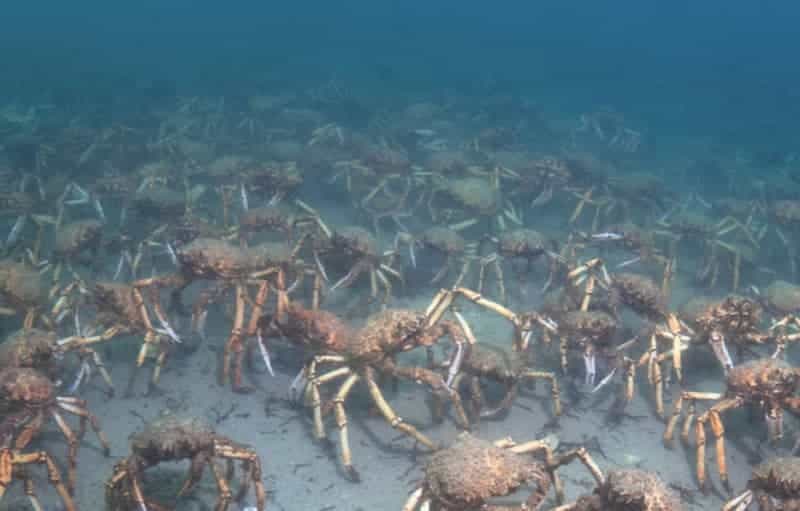NEWS 24 September 2020 |
A draft Camping and Access Strategy has been developed for Lake Tyers State Park and it could, or should, be the model for managing access to our parks and reserves across the state.
The plan allows great access for walking, driving, camping and boating, while increasing protection for the park’s remarkable natural features – rainforests, rare woodlands, salt flats and waters – as well as the area’s important Aboriginal cultural sites.
Lake Tyers (originally and more appropriately know as Bung Yarnda or “Big Water”), is in East Gippsland on the traditional land of the Krauatungalung people. Recently the Gunnaikurnai, of whom the Krauatungulung are part, were recognised as the Traditional Owners of a number of parks in East Gippsland, giving them joint management rights and responsibilities for the parks. After developing a general management plan for these parks in consultation with the Victorian government, the Gunnaikurnai Land and Waters Aboriginal Corporation (GLAWAC) have worked with Parks Victoria to put forward this draft Camping and Access Strategy for Bung Yarnda.
See: engage.vic.gov.au/lake-tyers-strategy
Over the years, indeed long before the area was given protection as a state park, a number of informal roads and tracks had appeared, many of them in places where they affected sensitive natural areas or Aboriginal cultural sites. And as visitor numbers grew, foreshore areas were being eroded, and facilities as basic as toilets were few and far between.
Getting access right is never an easy task. Many plans aim at a compromise, which doesn’t suit the park visitor, the environment or cultural protection. But this plan aims squarely at getting the best protection for sensitive areas, and also giving park visitors great experiences. A number of roads will be closed (it will no longer be possible, for example, to drive over lakeside saltbush flats!). But camping, parking and picnicking will be well catered for, and boating and canoeing will be made easier with a series of small jetties at launch sites. It’s also planned at some sites to include information about the park’s plants and animals, Gunnaikurnai heritage and also local European heritage.
Importantly, while the plan might need a fair budget to succeed, if it’s properly implemented it should save a lot in management costs over the years ahead.
This is an ambitious but very good plan, and it deserves the funding and support it needs to succeed. There should be more like it.
